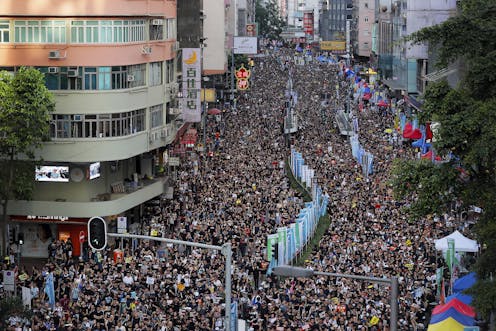
When Melbourne commuters stopped mid-scroll and looked up, they weren’t met with a brand slogan or a...

COVID rarely rates a mention in the news these days, yet it hasn’t gone away[1].
SARS-CoV-2, ...

And How ‘Training with Purpose’ Is Replacing the Festive Fitness Guilt Cycle
As the festive season ...

Our community is heartbroken by the heinous terrorist attack at neighbouring Bondi Beach last nigh...

For many people, Christmas is a time of joy and family get-togethers, but for others, it’s a tim...

Seeing a private specialist increasingly comes with massive gap payments. On average, out-of-poc...

Across northern Australia and many coastal regions, “the wet” is not just a weather pattern — it...

For decades, “Go west!” has been shorthand advice for Australians priced out of Sydney and Melbo...

Canberra was once seen as an outlier in Australia’s housing story — a planned city with steady e...


















